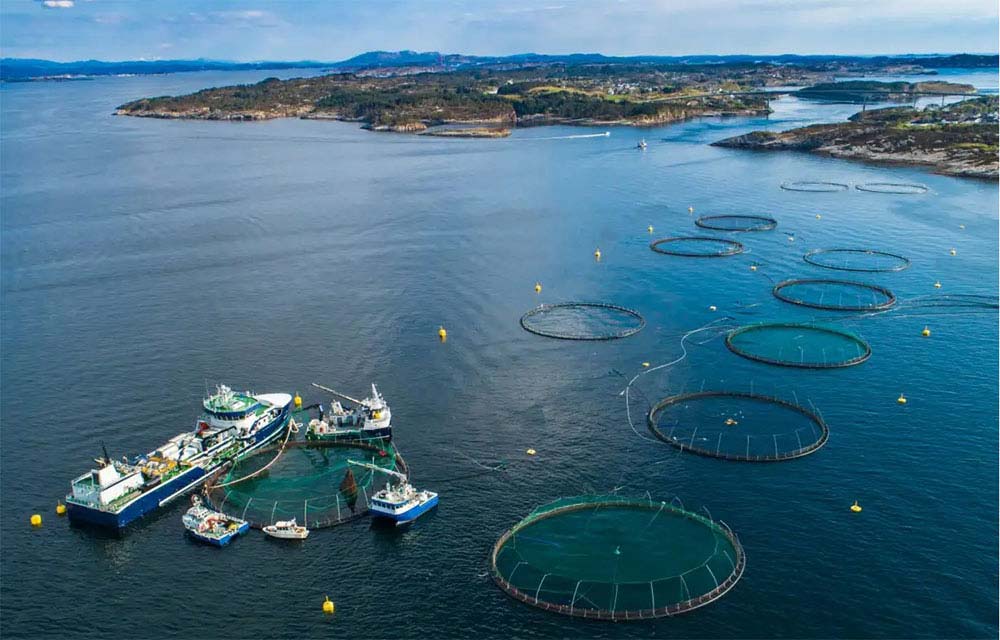
Power Transmission: Subsea cables are used to transmit electrical power from onshore facilities to offshore fish farms. They supply electricity to power various equipment, such as feeding systems, lighting, monitoring devices, and underwater cameras.
Communication: These cables facilitate communication between offshore aquaculture installations and onshore control centres. They enable data transfer, monitoring of environmental conditions, and control of operations remotely.
Monitoring and Control: Umbilicals and cables are utilized for the transmission of signals that enable real-time monitoring of water quality, temperature, oxygen levels, and other parameters crucial for the well-being of the aquatic environment and the health of the fish. They also enable remote control of feeding systems and other equipment.
Subsea Sensors and Instrumentation: These cables support the deployment of various sensors and instrumentation devices on the seabed or within the aquaculture cages. These sensors monitor parameters such as water flow, currents, salinity, and environmental conditions, providing valuable data for farm management and maintenance.
Lighting Systems: In some cases, subsea cables are used to power underwater lighting systems. These lights can influence fish behaviour, support the growth of algae and phytoplankton (which are important for the food chain), and aid in surveillance.